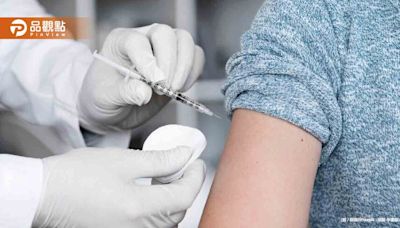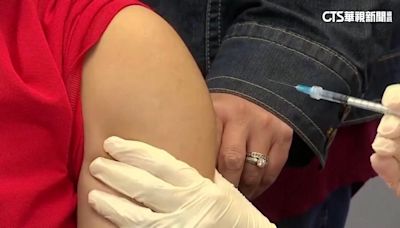搜尋結果
2021年2月8日 · Since HPV E7 phosphorylation appears to play a fundamental role in E7 functions and stability, it is important to elucidate whether other kinases are involved during HPV infection and malignancy, how they are regulated, and which pathways and cellular targets
- Arushi Vats, Oscar Trejo-Cerro, Miranda Thomas, Lawrence Banks
- 10.1016/j.tvr.2021.200213
- 2021
- Tumour Virus Res. 2021 Jun; 11: 200213.
人類乳突病毒 (Human Papillomavirus, 簡稱HPV)是一種會導致癌化的DNA病毒。 (1)主要傳染途徑:性行為. (2)高危險型:子宮頸癌超過70%由高危險型的HPV第16、18型引起. (3)病變:子宮頸癌前病變、子宮頸癌、男女外生殖器癌. 2.誰容易感染HPV? 不論男女,每個人一生中約有5-8成機會感染到HPV。 女性開始有性行為後,感染HPV的機會將大幅增加。 此外,伴侶性經驗複雜、長期免疫力低落等情況,均可能增加HPV的感染風險。 3.HPV疫苗可預防子宮頸癌. HPV疫苗為不活化疫苗,可誘發人體免疫反應產生抗體,預防7成子宮頸癌發生。 *提醒您! 疫苗未涵蓋所有病毒型別. *抗原-10人中有7人受保護. 4.HPV疫苗知多少?
2020年1月21日 · Human papillomavirus (HPV)-induced cervical cancer is a major health issue among women from the poorly/under-developed sectors of the world. It accounts for a high-mortality rate because of its late diagnosis and poor prognosis.
- Asmita Pal, Rita Kundu
- 10.3389/fmicb.2019.03116
- 2020
- Front Microbiol. 2019; 10: 3116.
人類乳突病毒 (HPV)是一種DNA病毒,會感染人體的表皮與黏膜組織。 它有兩百多型,可以分為低危險型與高危險型,是男性及女性重要的傳染病原之一。 HPV第16、18型是最常見的高危險人類乳突病毒,與子宮頸癌前病變、子宮頸癌以及男女外生殖器癌的發生有關,子宮頸癌有超過70%是由HPV第16、18型所引起的;HPV第6、11型是最常見的低危險人類乳突病毒,感染可能會引起生殖器疣 (俗稱菜花),致癌機率相對小。 上一則. 下一則. 回上頁. 回首頁. 什麼是人類乳突病毒 (HPV)?
2023年9月12日 · Article. Open access. Published: 12 September 2023. Increased expression of HPV-E7 oncoprotein correlates with a reduced level of pRb proteins via high viral load in cervical cancer. Bilal...
- Bilal Ahmad Mir
衛生福利部國民健康署 - QA. ::: 首頁 > 健康主題 > 預防保健 > HPV專欄 > QA. QA. 認識HPV傳染. 1.什麼是HPV? 2.HPV與子宮頸癌的關係? 3.HPV傳染途徑有那些? 4.誰容易感染到HPV? 5.感染HPV會有什麼症狀嗎? 6.如何減少或避免HPV感染的發生? 7.感染HPV能夠治療嗎? 8.感染HPV會造成什麼疾病? 9.子宮頸癌可以預防嗎? 認識HPV疫苗. 10.接受HPV疫苗接種後,是否還需要定期做子宮頸抹片檢查? 11.目前政府核准有哪幾種HPV疫苗廠牌? 12.HPV疫苗能夠治療子宮頸癌、子宮頸癌前病變和生殖器疣 (俗稱菜花)嗎? 13.為什麼我會被傳染到人類乳突病毒 (HPV)? 14.要如何知道是否感染人類乳突病毒 (HPV)?
2016年10月19日 · Persistent infection with the human papillomaviruses (HPVs) is the main risk factor in the development of numerous human malignancies at various anatomical sites [ 1, 2 ]. Of these, cervical cancer is the most important disease, predominantly affecting women in developing countries and causing more than 600,000 cancers annually [ 2, 3 ].




